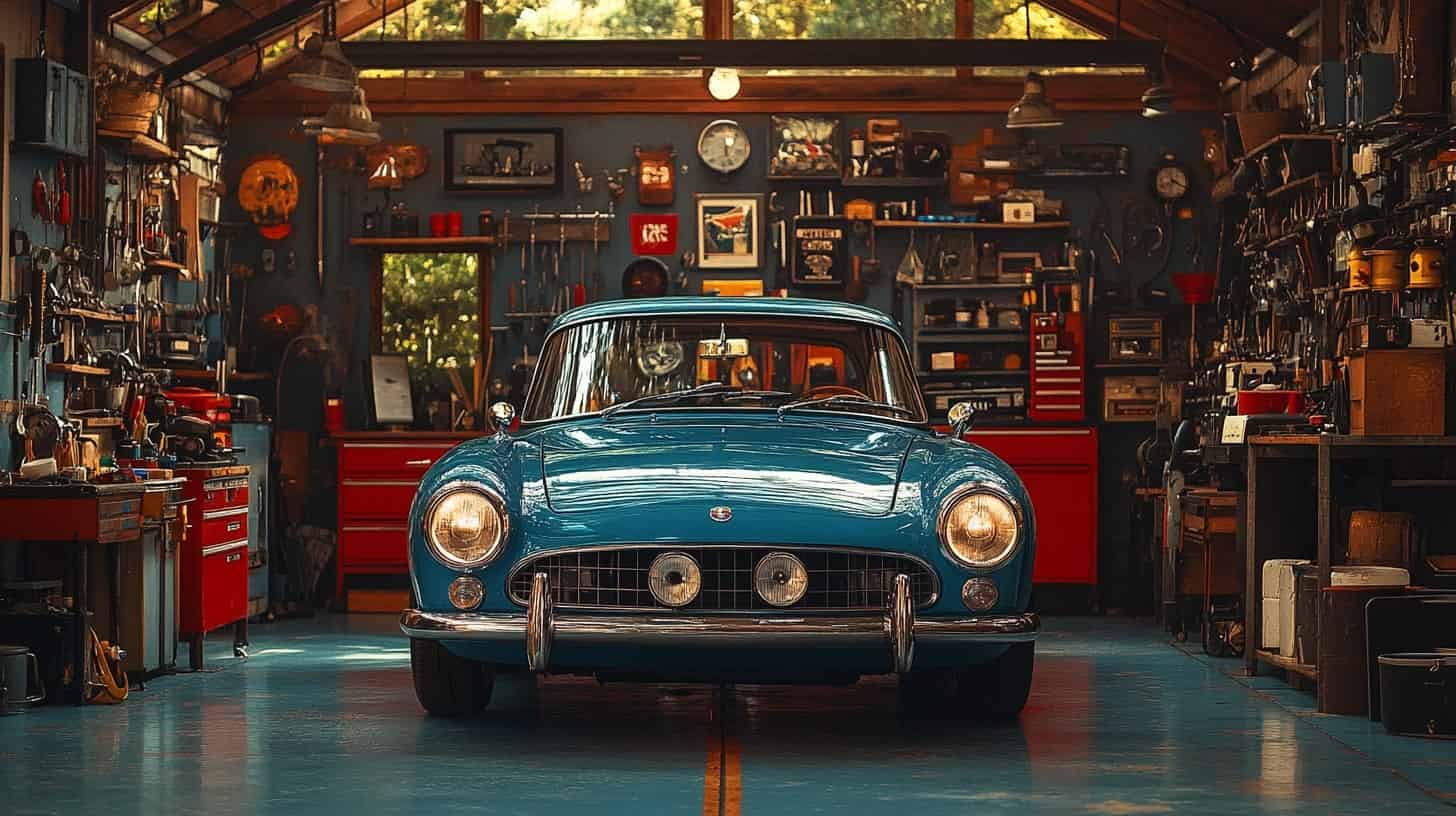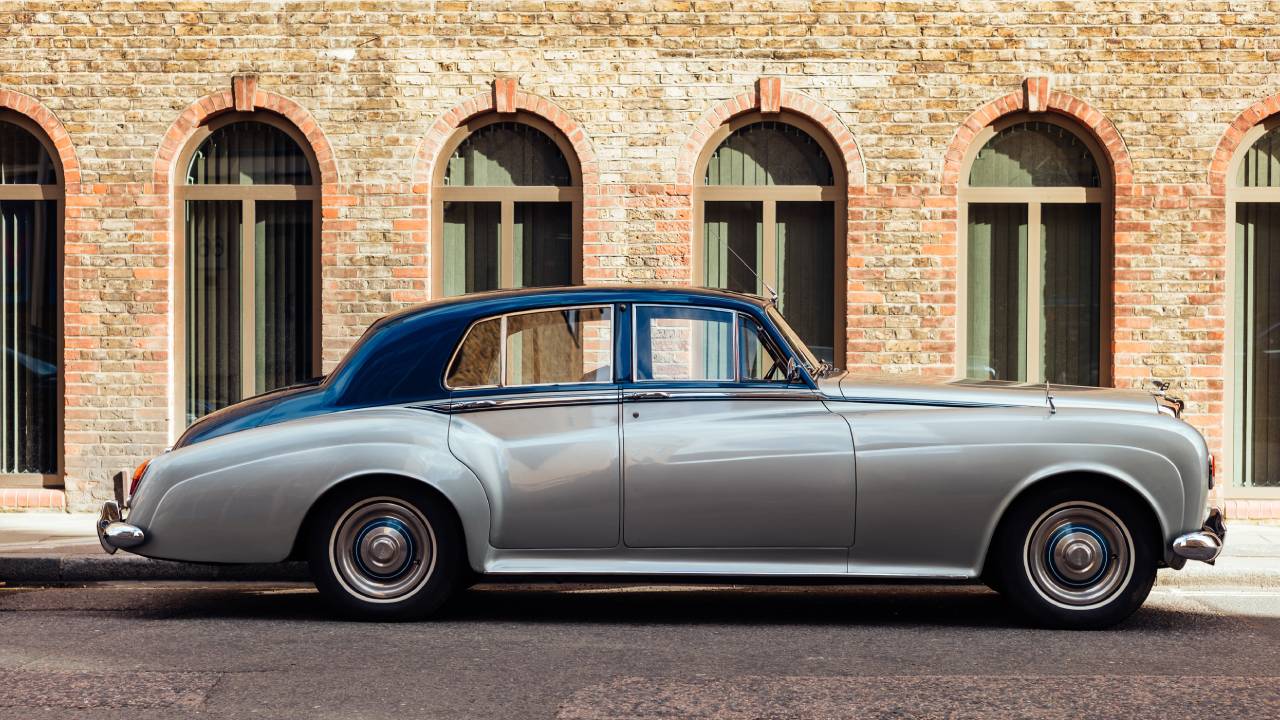Classic cars aren’t just modes of transportation; they’re a celebration of history, craftsmanship, and passion. For many, owning one is a dream fulfilled—a testament to automotive nostalgia and artistry. But unlike their modern counterparts, these timeless beauties require special care and attention to keep them in pristine condition.
Whether you’re a new vintage car owner or a long-time enthusiast, proper maintenance is key to preserving both the functionality and value of your classic vehicle. This guide will provide essential tips on how to keep your beloved classic car running smoothly, looking stunning, and standing the test of time.
Essential Maintenance Tips
When it comes to classic cars, staying proactive with maintenance can save you from costly repairs and irreplaceable damage down the line. Here’s how you can ensure your car remains in its best shape:
Regular Check-Ups
Frequent inspections are non-negotiable for classic cars. Due to their age, vintage vehicles often have quirks and vulnerabilities that require close attention. Schedule regular check-ups every three to six months to identify potential issues before they escalate.
During these check-ups, examine critical systems like the engine, brakes, suspension, and electrical components. If you’re unsure what to look for, consulting a professional mechanic with experience in vintage cars is always a good idea.
Oil Changes and Lubrication
The engine is the heart of any vehicle, and for classics, the right oil is its lifeblood. Since older engines weren’t designed for modern high-detergent oils, they require lubricants specifically formulated for vintage cars.
Change the oil every 1,000 to 3,000 miles or every six months—whichever comes first. Ensure all moving parts, including hinges, joints, and linkages, are adequately lubricated to reduce wear and tear.
Protecting Against Rust
Rust is one of the biggest enemies of classic cars. Older models, in particular, are more susceptible due to their steel-heavy construction and lack of advanced rust protection in manufacturing.
Here’s how to defend your car against rust:
- Regularly inspect for signs of corrosion, particularly around wheel arches, undercarriages, and door sills.
- Apply rust-proof coating and consider waxing the vehicle every six months.
- Wash your car thoroughly after exposure to rain or salt (common in winter) to prevent build-up that can lead to rusting.
If you spot rust, address it immediately with rust treatments or by sanding and repainting the affected area.
Keeping It Clean
Cleaning isn’t just about aesthetics—it’s essential for the preservation of your car’s exterior and interior. Use non-abrasive cleaning products designed for classic cars, and always hand-wash the vehicle rather than opting for automated services that can damage older finishes.
For the interior, vacuum carefully and clean leather seats with appropriate conditioners to prevent cracking. A well-maintained interior not only enhances your driving experience but also preserves the car’s value.
Storage and Preservation
Where and how you store your classic vehicle can significantly impact its longevity.
Proper Storage Conditions
A dry, temperature-controlled garage is ideal for keeping a classic car safe from the elements. Exposure to extreme heat, humidity, or cold can harm both the exterior and mechanical components.
Cover your car with a breathable fabric cover to protect it from dust while allowing moisture to escape. Avoid plastic covers, as these can trap moisture and lead to rust or mold.
Long-Term Storage Tips
If you’re planning to store your vehicle for an extended period, take the following precautions:
- Fill the gas tank to reduce condensation and add a fuel stabilizer to prevent the fuel from degrading.
- Disconnect the battery to avoid drainage.
- Elevate the car slightly to prevent tires from developing flat spots.
- Check fluids, including brake fluid and coolant, and replace them if necessary.
Taking these steps will ensure your car is ready to hit the road when the time comes.
Upgrading and Restoring
Restoration and upgrades can breathe new life into a classic car. However, it’s essential to approach this with care to balance authenticity and usability.
Authenticity vs. Functionality
The value of a classic car often lies in its originality. While modern upgrades—like electronic ignition or improved brakes—can enhance functionality and safety, strive to maintain the vehicle’s original character where possible. Always keep replaced components to preserve the car’s history.
Using the Right Parts
When replacing components, prioritize original manufacturer parts (OEM) or high-quality replicas. Cheap, incompatible parts may save money upfront but could lead to costly issues in the long run.
DIY vs. Hiring Professionals
Some classic car enthusiasts enjoy the hands-on experience of restoring their vehicles, while others prefer leaving it to experts. If you have the knowledge and tools, DIY can be rewarding. However, for complex tasks like engine rebuilding or bodywork, it’s wise to entrust your car to professionals with expertise in vintage cars.
Community and Resources
Owning a classic car isn’t just about driving—it’s about community and shared passion. Connecting with fellow enthusiasts can enhance your experience and provide invaluable resources.
Join Classic Car Clubs
Classic car clubs offer an excellent platform for networking, learning, and showcasing your vehicle. Many clubs organize events, exhibitions, and rallies where you can connect with others who share your passion.
Notable clubs include the Antique Automobile Club of America (AACA) and regional clubs that cater specifically to vintage car owners.
Explore Online Resources
The internet is a treasure trove of forums, blogs, and websites dedicated to classic car maintenance and restoration. These platforms are ideal for troubleshooting common issues, finding rare parts, or seeking advice from experienced enthusiasts.
Some popular forums include the Classic Car Lounge and Reddit’s r/classiccars.
Keep Your Classic Alive for Generations to Come
Maintaining a classic car requires dedication, but the rewards far outweigh the effort. Beyond preserving a piece of automotive history, you’re safeguarding memories, stories, and the joy that comes with owning such an iconic vehicle.
By following the tips outlined here, you’ll keep your cherished classic in peak condition, ensuring it remains a source of pride and admiration for years to come.
Now it’s your turn—what’s your go-to maintenance tip for classic cars? Share your insights in the comments below and inspire fellow enthusiasts!


